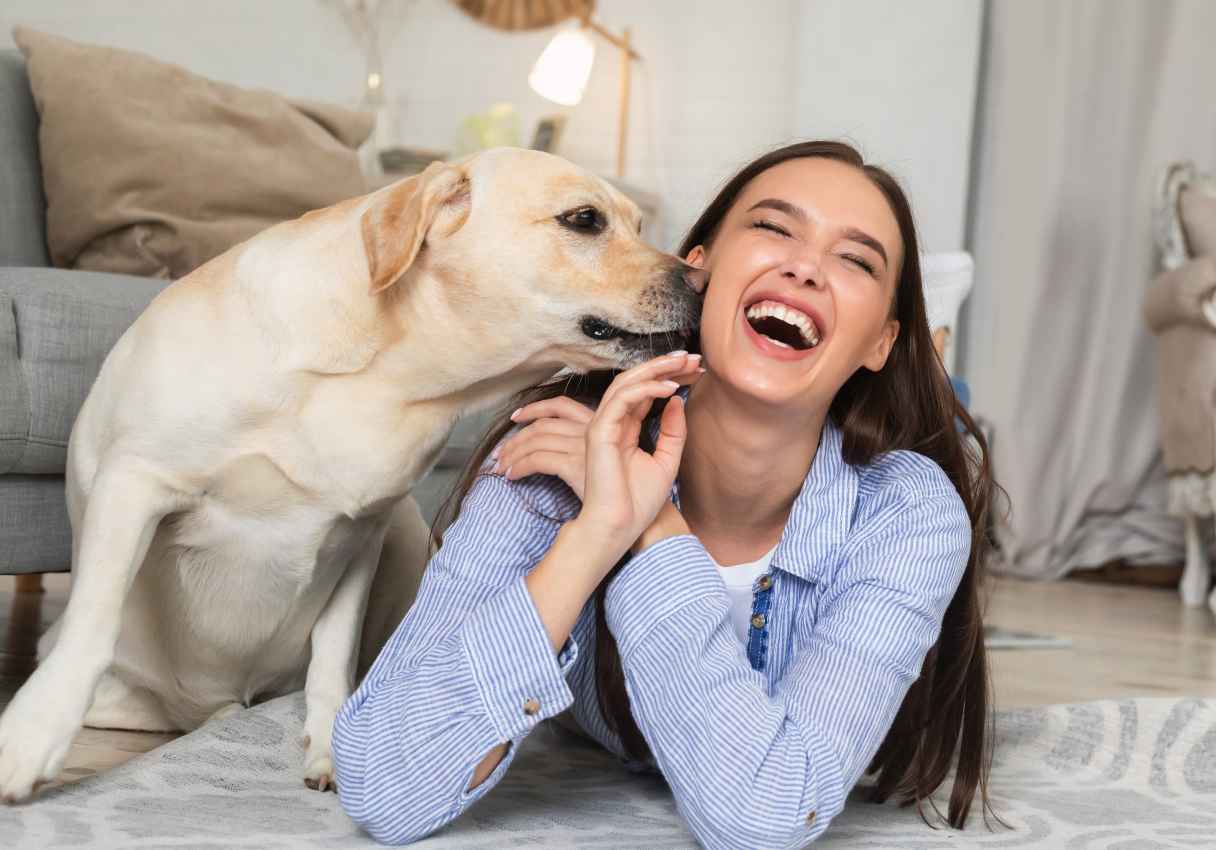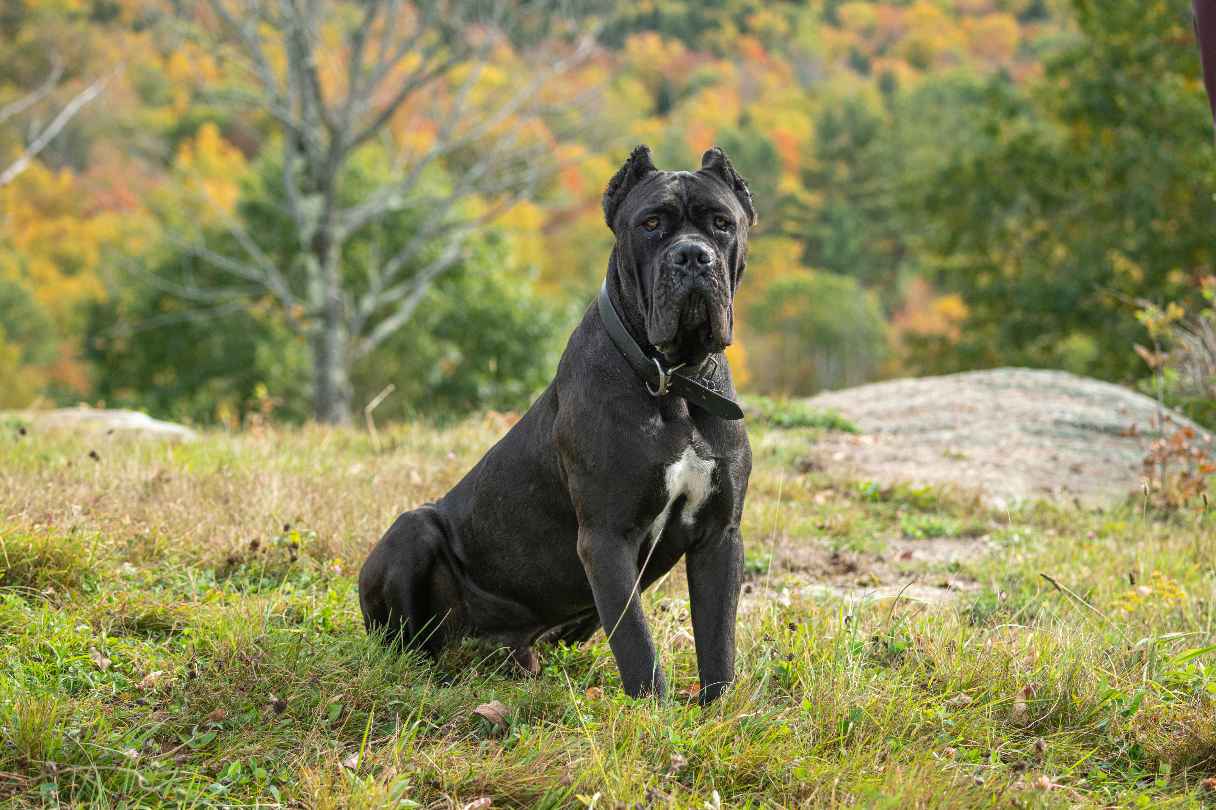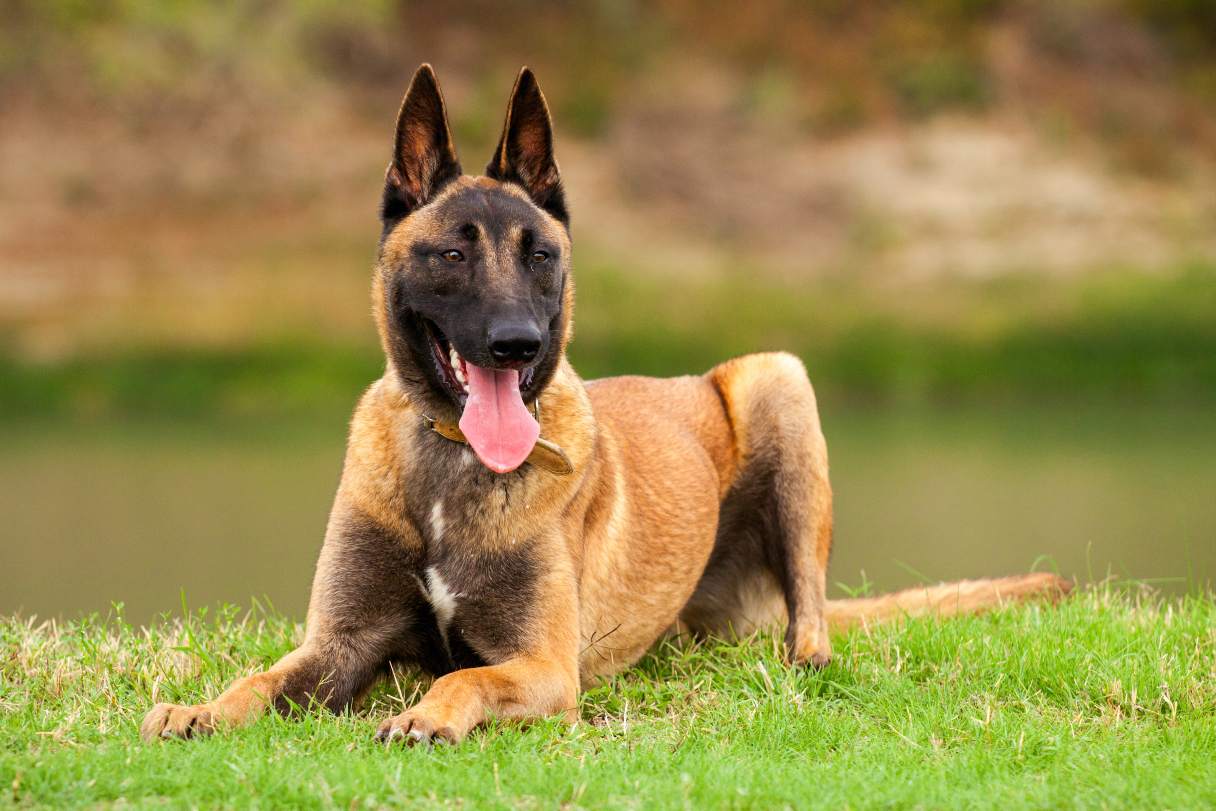Have you ever wondered why your dog loves things that stink? A dog's sense of smell is one of their most sensitive of senses and they love to use it to the fullest. To better understand their olfactory world, read these 13 surprising facts about your dog's sense of smell for an in-depth look at your canine companion's superior sniffer.
1. Dogs Have a Strong Sense of Smell
Scientists report that a dog's sense of smell is 10,000 to 100,000 times more acute than a human's.1 One of the reasons a dog has a much better smelling ability than we do has to do with the number of scent receptors: For every scent receptor a human has, a dog has about 50.
2. Not All Noses Are Created Equal
While all dog breeds have an excellent sense of smell, brachycephalic breeds — dogs with short noses, such as bulldogs — have been found to have the least sensitivity to odor compared to non-brachycephalic breeds.2
3. Dogs Smell Differently Than Humans
When we inhale, the air we take in passes through our noses and moves down our tracheas (windpipes) to our lungs. In dogs, about 12% to 13% of inhaled air is separated through an upper pathway that leads straight to the olfactory epithelium, a thin layer of tissue responsible for detecting odors.3 Odor molecules accumulate on the olfactory epithelium with every breath, helping dogs smell the world around them.
4. Smelling Abilities Can Decrease With a Dog's Age
As your dog gets older, you may notice that their senses, such as vision and hearing, start to decrease. Well, it turns out that olfaction — or sense of smell — actually decreases with age, too. In one study, researchers found atrophy of the olfactory epithelium in the nasal cavity in dogs over 14 years of age, and senile changes in the olfactory bulb of the brain are similar to what occurs in humans.3
5. Dogs Have a Special Smelling Organ
The vomeronasal organ — also known as "Jacobson's organ" — is a special organ located just above the roof of the mouth in dogs. It is responsible for detecting pheromones — chemical signals used by animals to communicate with others of the same species. Dogs use pheromones during mating, to communicate fear and distress and to enhance the bond between a mother and her pups.
6. Dogs Smell Separately With Each Nostril
A phenomenon called "sniffing lateralization" allows dogs to sniff with each nostril separately. Dogs sniff primarily with the right nostril when they first start sniffing. For familiar or non-aversive scents such as food, they tend to switch to the left nostril. For aversive, threatening or arousing scents, they stick with the right nostril. This has to do with the processing pathways in the brain: The right hemisphere processes novel information, while the left hemisphere controls behavioral responses to familiar stimuli.3
7. Dogs Can Smell When You're Stressed Out
A study performed at Queen's University Belfast in the U.K. found that when humans were stressed, their breath and sweat samples contained volatile organic chemicals that were detectable by dogs. Dogs in the study correctly alerted on the stress samples with a combined accuracy of 93.75%.4
8. Dogs Can Sniff Out Diseases
Dogs' powerful noses are being used in medicine to detect diseases, sniffing them out in a less invasive manner than the currently available diagnostic tests, in some cases. Dogs have been able to accurately detect cancer,5 predict seizures6 and identify people with low blood sugar7 — just by using their noses.
9. Dogs Are Excellent Long Distance Trackers
Dogs have often been used as trackers by police and search and rescue teams. Studies show that dogs can pick up a scent from as far away as 1.6 miles in a rural environment.8
10. Your Dog Recognizes Your Scent — and Loves It!
A study conducted at Emory University placed trained dogs in a functional MRI and presented them with five scents: a familiar human, an unfamiliar human, a familiar dog, an unfamiliar dog and the dog's own scent. Only the familiar human scent activated the part of the brain associated with positive expectations and social rewards, suggesting that dogs associate our scents with good things.9
11. Dogs Use More of Their Brain for Smelling
The olfactory bulb is a rounded mass of tissue in the brain that contains several types of nerve cells responsible for your sense of smell. One study found that dogs have a larger olfactory bulb compared to other mammals with similarly sized brains.10 A larger olfactory bulb is associated with better olfactory function, suggesting that dogs have substantially better smelling capabilities than humans.
12. A Cold, Wet Dog Nose Has Its Benefits
A dog's cold, wet nose helps them smell the world more effectively. A coating of mucus on a dog's damp nose helps it smell by capturing scent particles.
13. The Best Nose Award Goes to the Bloodhound!
This breed takes the lead with approximately 300 million scent receptors.11 Other sporting breeds — such as the Bluetick Coonhound, Labrador Retriever and herding breeds such as the German Shepherd — follow closely behind.12
CareCredit Financing for Dogs
The CareCredit credit card provides a convenient way to pay for your dog's vaccinations and other health and wellness expenses, including exams, medications, and products at providers in the CareCredit network.* Apply today and continue your wellness journey by downloading the CareCredit Mobile App. You can find a provider on the go, manage your CareCredit account, and easily access the Well U hub for more great articles, podcasts, and videos. Use our Acceptance Locator to find a veterinarian that accepts CareCredit to help keep your pet healthy and happy for a lifetime of love.
Author Bio
Dr. Elizabeth Racine is a small animal general practice veterinarian and freelance writer. She covers both human and veterinary medicine with a special interest in nutrition, internal medicine, and veterinary behavior.








